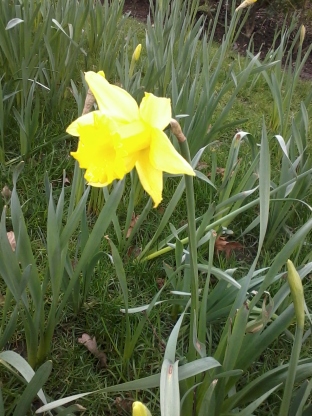There have been a whole heap of fabulous posts, articles and lesson plans about creative writing around the web this month, which makes me feel slightly better about the fact this blog continues to be a little neglected…
Firstly, Jeremy Harmer has written about a great lesson idea based around the idea of being a ghostwriter over on his blogs. I love writing activities like this that require students to really push the limits of their language and relies on a degree of communication and collaboration.
Adam Simpson shared five nice writing warm-up ideas, and also included ideas on how you could follow them up.
As a cat lover, I enjoyed Mona Kisala’s lesson idea based around a very cute cat picture story, which has possibilities for either writing or a role-play, would be great for young learners.
Another high quality lesson plan over on Film English this month, which involves reading and writing a poem, and some lovely work on text speak that I can see teenagers really appreciating.
I also came across this interesting website which focuses on the idea of online reading groups to encourage ELT teachers and TESOL students to read literature in English, and also to discuss what they are reading. It is particularly focused on people that might not have good access to texts in English. There is even the opportunity to publish your own writing on the site.
Nicola Prentis was contemplating the wider question of how we teach (or regain?) creativity in the class this month in a post which also attracted some insightful comments.
Finally, not specifically about ELT, but with some useful tips for anyone teaching creative writing, was this article on the Guardian’s teaching pages.






